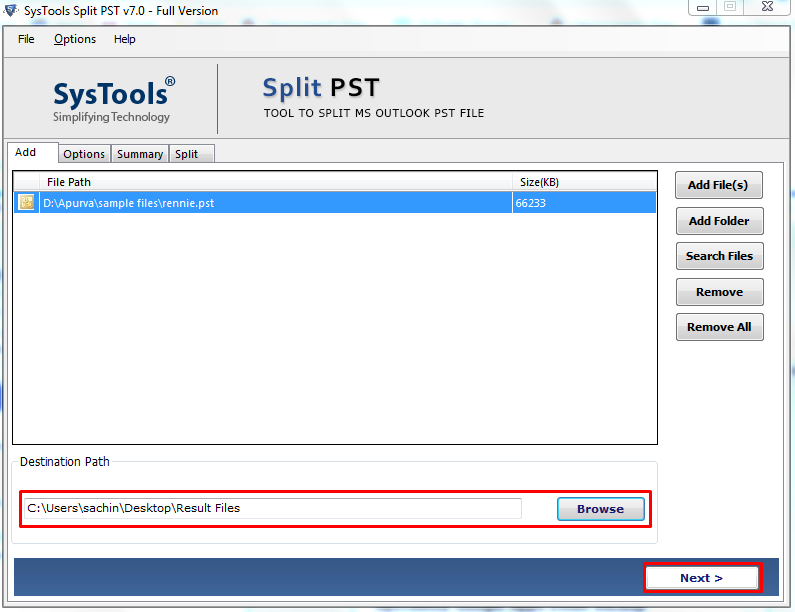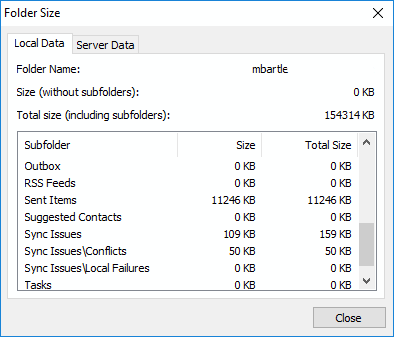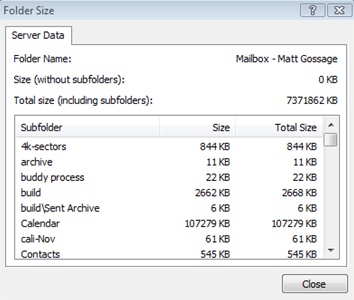

A manual process will be required to copy these psts to the network on a regular basis (minimum weekly) to ensure that they are backed up.

OUTLOOK MAILBOX FULL SOLUTION ARCHIVE

Once they reach the quota they’ll be restricted from sending and receiving emails.Ģ. As users approach their assigned quota they’ll receive warning messages to that effect. This should be managed through mailbox quotas enforced by Exchange Server. Smaller organizations can have larger mailbox limits. Mailbox Size Limits: to 500 MB or smaller depending on the overall size of the organization. As a result, SSL recommends that these organizations implement mailbox management policies as follows:ġ. Configuration information is available below.Įxchange 2000 is limited in the amount of available storage to 16 GB (17 GB for short term repairs). Regardless of whether Outlook Auto Archive is used to manage mailboxes, the Outlook Group Policy Template should be used to centrally control settings (including whether or not archiving is allowed). Outlined below are our recommendations for retention and archiving under Microsoft’s Exchange Server. Over the years of working with our clients, Seitel Systems has developed a set of best practices for dealing with these complex needs. An effective policy will balance system needs for security & stability with user needs that include rapid access. It is essential that today’s business protects its email investment and associated systems with document retention and archiving policies. Meanwhile, the email content itself has increased in value – often being sensitive, proprietary or even mission-critical in nature. This increasing document retention, along with the ever-increasing size of attachments, has caused email systems to dramatically increase in size and therefore demand higher technical capacity and management. Users now store many years worth of email and attachments, and refer back to them on a frequent basis for important historical information. Today’s email systems provide calendaring, group collaboration, task management, workflow and, ever-increasingly, file and data storage.

Email has developed from a rudimentary, inaccessible technology used only by the tech-savvy to its current role as a rapid, reliable communications tool for just about everyone.Īlong the way, as user needs and data storage have evolved – remember when 1 Mb of storage was a big deal? – the use of email systems has increased well beyond their original scope of sending and receiving short messages. Today’s businesses, large and small, depend on their email systems for a significant majority of their communication needs.


 0 kommentar(er)
0 kommentar(er)
